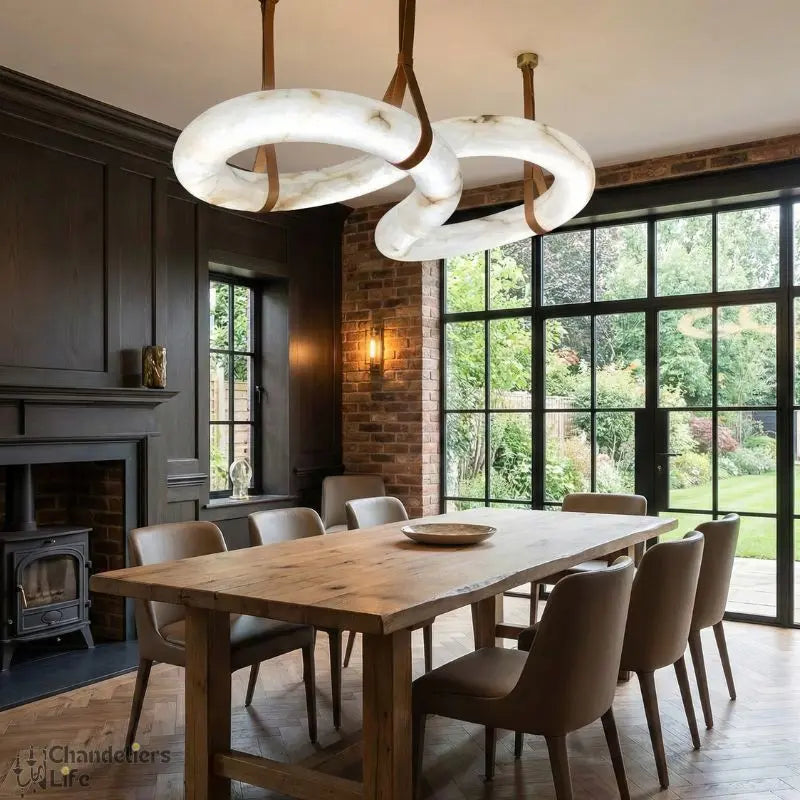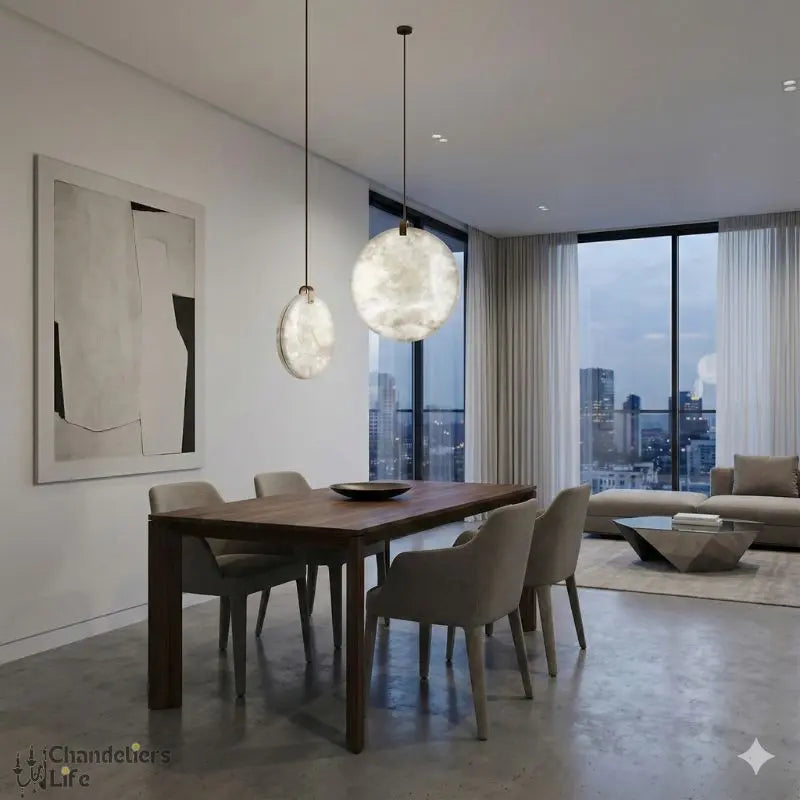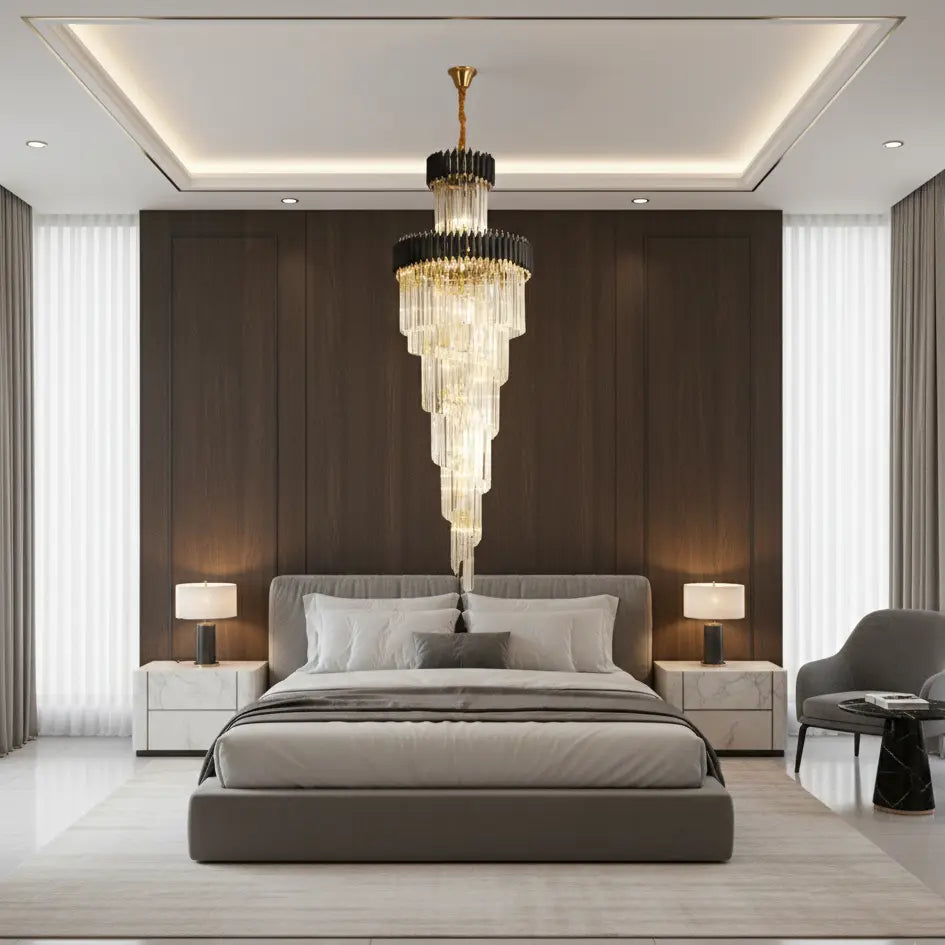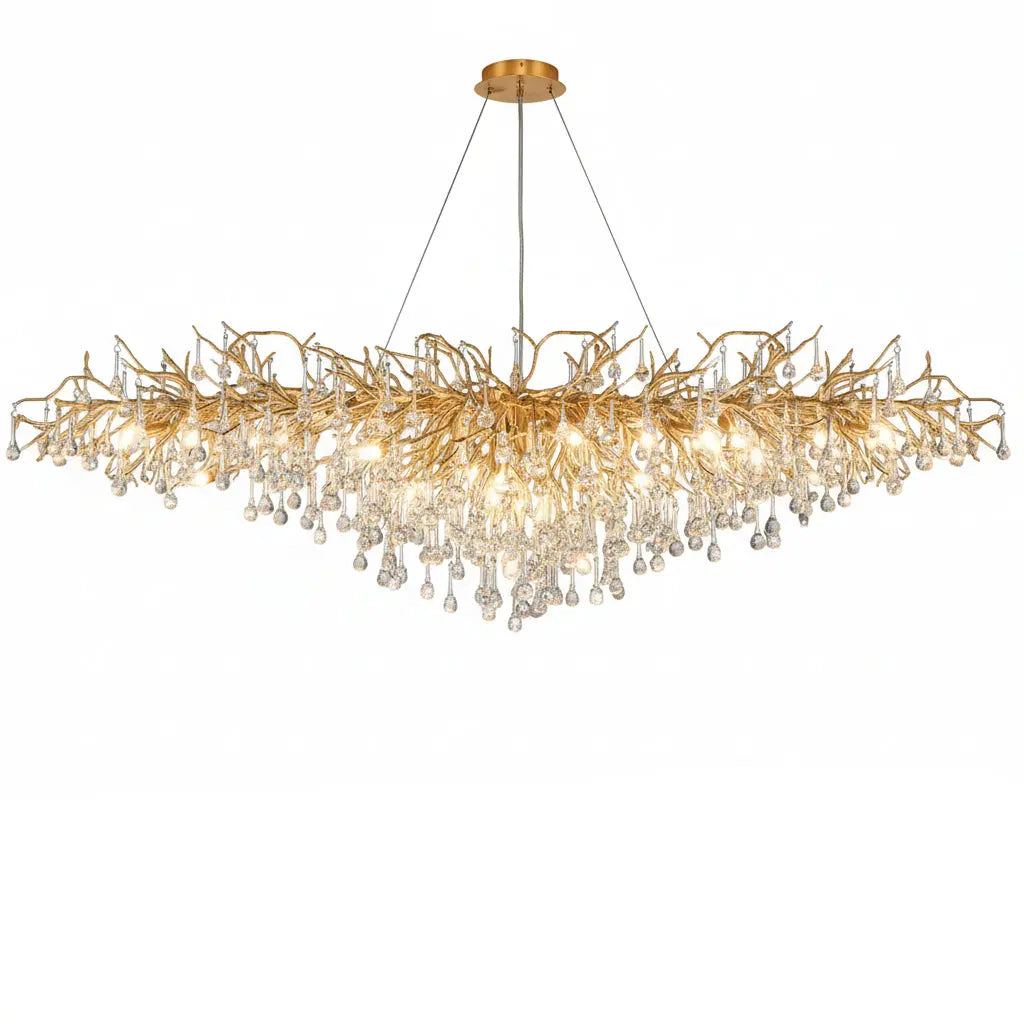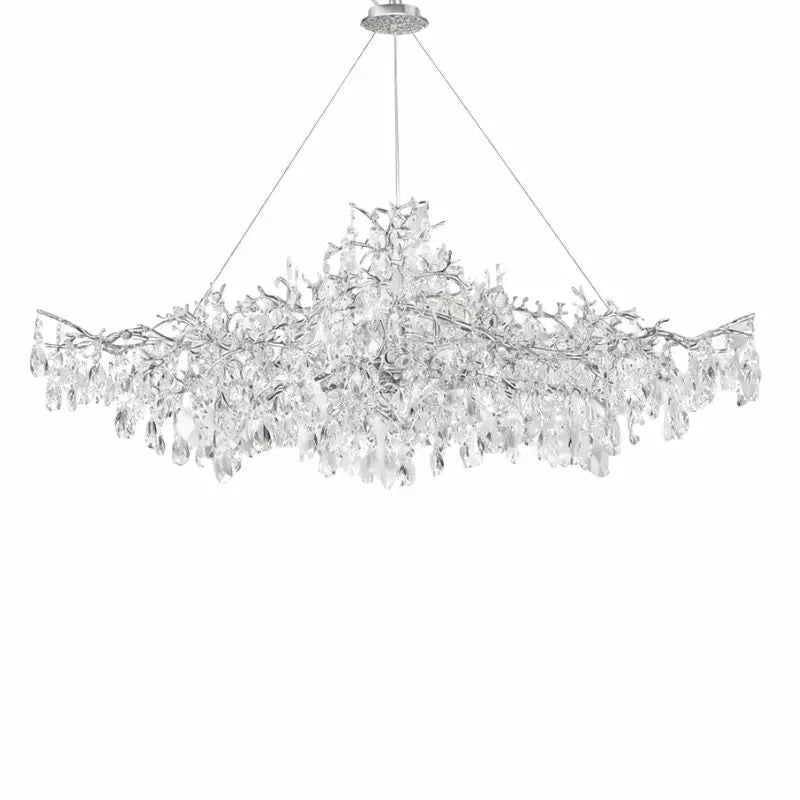Choosing the right commercial light fittings is crucial for creating a productive and safe environment in your business. From office spaces to large warehouses, each setting demands specific lighting solutions to meet its unique needs. This guide will help you understand different types of light fittings and how to select the best ones for your business.
Key Takeaways
- LED shop lights are versatile and can be mounted in various ways to suit different spaces.
- Proper light intensity is essential for employee productivity and well-being in office settings.
- High bay lights are ideal for illuminating large spaces with high ceilings, such as warehouses.
- Layering different types of lighting can enhance the ambiance and functionality of any space.
- Energy efficiency should always be a priority when selecting commercial light fittings.
Understanding Different Types of Commercial Light Fittings
Choosing the right commercial light fittings can make a big difference in your business environment. Here, we'll explore various types of commercial light fittings to help you make an informed decision.
Choosing the Right Light Fittings for Office Spaces
Selecting the right light fittings for your office can significantly impact productivity, energy efficiency, and overall ambiance. Here are some key considerations to keep in mind:
Light Intensity and Employee Productivity
Proper lighting is crucial for maintaining employee productivity and reducing eye strain. According to the U.S. General Services Administration (GSA), workstations should have at least 500 lumens per square meter. The Occupational Safety and Health Administration (OSHA) also recommends a minimum illumination of 30 foot-candles for office spaces. Insufficient lighting can lead to tired vision and decreased productivity.
Energy Efficiency Considerations
Energy efficiency is a major factor, especially when office lights are on for long hours. LED lights are the best option as they can last up to 100,000 hours, reducing both maintenance and utility costs. This makes them a smart choice for any office looking to save on energy bills.
Fixture Positioning and Layout
The placement of light fixtures is essential for creating a comfortable work environment. Consider the tasks being performed in the office. For example, if employees spend a lot of time on computers, softer, warmer lighting would be beneficial. Layering different types of lighting—such as accent, backlighting, downlighting, and uplighting—can create a balanced and effective illumination.
Dimming Control Options
Installing dimming controls can help reduce energy usage and create a more adaptable lighting environment. Manual dimming controls are ideal for areas like private offices and conference rooms, where different light levels may be needed at various times. Automatic daylight dimming controls use sensors to adjust light output based on the amount of natural light available, maintaining a consistent level of illumination.
Choosing the right light fittings for your office space involves balancing productivity, energy efficiency, and comfort. By considering these factors, you can create a well-lit, efficient, and pleasant work environment.
Specialized Lighting Solutions for Medical Offices
Importance of Color Rendering
In medical offices, accurate color rendering is crucial. Doctors and nurses need to see true colors to make correct diagnoses. LED lights with a high Color Rendering Index (CRI) are often the best choice. They help in distinguishing subtle differences in skin tones and other important details.
Avoiding Glare and Eye Strain
Glare and eye strain can be major issues in medical settings. To avoid these problems, use fixtures with diffusers or indirect lighting. This helps in creating a comfortable environment for both patients and staff.
Energy-Efficient Options
Energy efficiency is important in any commercial setting, but especially in medical offices where lights are often on for long hours. LED lights are a great option because they use less energy and last longer than traditional bulbs. This can lead to significant cost savings over time.
Layering Light for Optimal Results
Layering light involves using multiple light sources to create a balanced and well-lit space. In medical offices, this can mean combining overhead lights with task lighting and accent lights. This approach ensures that every area is well-lit and functional.
Proper lighting in medical offices not only enhances visibility but also contributes to a more comfortable and efficient environment for both patients and healthcare providers.
Lighting Solutions for Large Commercial Spaces
High Bay Lights for Warehouses
For warehouses with ceilings higher than 15 feet, high bay lights are the best choice. These lights provide powerful illumination, ensuring that even the darkest corners are well-lit. They are ideal for large, open spaces where strong, consistent lighting is necessary.
Flush Mount Fluorescents for Low Ceilings
In areas with lower ceilings, such as those around 8 feet high, flush mount fluorescent lights are more suitable. These fixtures are designed to be close to the ceiling, providing ample light without taking up much space. They are perfect for spaces where ceiling height is limited.
Emergency and Exit Lighting
Emergency and exit lighting is crucial for safety in any large commercial space. These lights ensure that exits are clearly marked and visible, even in the event of a power outage. It's important to regularly check and maintain these lights to ensure they are always operational.
Work Lights for Detailed Tasks
For areas where detailed tasks are performed, additional work lights may be necessary. These lights provide focused illumination, making it easier to see fine details and perform tasks accurately. They are especially useful in areas where precision is key.
When planning your lighting layout, consider the specific needs of each area to ensure optimal illumination and safety.
Enhancing Retail Spaces with the Right Lighting
Balancing Ambient, Accent, and Task Lighting
Creating a balanced lighting scheme is crucial for any retail space. Effective retail lighting should combine ambient, accent, and task lighting to create a welcoming atmosphere and highlight products. Ambient lighting provides general illumination, while accent lighting draws attention to specific items or displays. Task lighting is essential for areas where detailed work is done, such as checkout counters.
Choosing the Right Color Temperature
The color temperature of your lighting can significantly impact the shopping experience. Generally, a color temperature range between 2700K and 4000K is ideal for retail spaces. This range helps to create a comfortable environment without overwhelming the senses. High CRI (Color Rendering Index) values of 90+ are also important to accurately show product colors.
Avoiding Glare and Enhancing Visibility
Glare can be a major issue in retail environments, making it difficult for customers to see products clearly. To avoid glare, use diffused lighting and avoid placing lights directly in the line of sight. Proper fixture positioning can enhance visibility and make the shopping experience more pleasant.
Highlighting Products with Focal Lighting
Focal lighting is used to draw attention to specific products or areas within the store. This type of lighting is often brighter and more focused than ambient lighting. Use track lighting or spotlights to highlight key products, such as those on sale or new arrivals. This not only makes the products stand out but also guides customers through the store.
A well-lit store not only attracts customers but also encourages them to spend more time browsing and exploring. This can lead to increased sales and customer satisfaction.
By carefully planning your lighting scheme, you can create a retail environment that is both inviting and functional. Whether you're aiming for a boho chic home decor vibe or a more minimalist living room decor style, the right lighting can make all the difference.
Outdoor Commercial Lighting Options
Security and Safety Lighting
Security and safety lighting is crucial for any business. Bright lights deter potential intruders and ensure that employees and customers feel safe. Common options include motion sensor lights and floodlights. These lights can be strategically placed around entry points and parking lots to maximize visibility.
Landscape and Architectural Lighting
Landscape and architectural lighting not only enhances the beauty of your property but also improves functionality. Use spotlights to highlight architectural features or pathway lights to guide visitors. This type of lighting can transform your outdoor space into a welcoming environment, perfect for evening events or simply creating a pleasant atmosphere.
Energy-Efficient Outdoor Solutions
Energy-efficient lighting solutions, such as LED lights, are a smart choice for outdoor areas. They consume less power and have a longer lifespan compared to traditional bulbs. This can lead to significant savings on energy bills. Additionally, solar-powered lights are an excellent option for reducing energy consumption and are ideal for areas with ample sunlight.
Seasonal and Decorative Lighting
Seasonal and decorative lighting can add a festive touch to your business. Whether it's string lights for the holiday season or themed lighting for special events, these lights can create a memorable experience for your customers. Consider using Bluetooth-enabled smart bulbs that can sync to music for an extra layer of entertainment.
When planning your outdoor lighting, think about how it can enhance both security and aesthetics. A well-lit exterior not only deters crime but also creates a welcoming atmosphere for customers and employees alike.
Maintaining and Upgrading Commercial Light Fittings
Regular Maintenance Tips
Regular maintenance of commercial light fittings is essential to ensure optimal performance and longevity. Routine checks can help identify issues before they become major problems. Here are some tips:
- Inspect light fixtures for dust and debris.
- Check for any flickering or dimming lights.
- Replace burnt-out bulbs promptly.
- Clean lenses and covers to maintain brightness.
Upgrading to LED Solutions
Switching to LED solutions can offer significant benefits, including energy efficiency and longer lifespan. When considering an upgrade, look for high lumen LED ceiling lights that are suitable for your space. Key features to consider include:
- Dimmable options
- PIR sensors
- Daylight harvesting
Understanding Ballasts and Their Role
Ballasts are crucial components in many lighting systems, regulating the current to the lamps. Understanding their role can help in troubleshooting and maintenance. Types of ballasts include:
- Magnetic ballasts
- Electronic ballasts
Ensuring Compliance with Safety Standards
Compliance with safety standards is vital for any commercial lighting setup. Regularly review and update your lighting systems to meet current regulations. This includes:
- Ensuring proper installation
- Regular safety inspections
- Keeping up with changes in safety codes
Proper maintenance and timely upgrades not only enhance the efficiency of your lighting system but also ensure a safe and productive environment.
Keeping your commercial light fittings in top shape is essential for a bright and welcoming space. Regular maintenance and timely upgrades can make a huge difference. If you need expert advice or quality products, visit our website today!
Conclusion
Choosing the right commercial light fittings for your business is more than just picking out fixtures. It's about creating a space that is well-lit, energy-efficient, and conducive to productivity. From understanding the different types of lighting available to considering the specific needs of your workspace, there are many factors to take into account. Remember, good lighting can enhance the atmosphere, improve safety, and even boost employee morale. So, take the time to plan and select the best lighting solutions for your business. With the right approach, you can create an environment that not only looks great but also supports your business goals.
Frequently Asked Questions
What types of commercial light fittings are available?
There are several types of commercial light fittings, including LED shop lights, wraparound lights, strip lights, and troffers. Each type serves different purposes and can be chosen based on the specific needs of your space.
How does lighting affect employee productivity in office spaces?
Proper lighting can significantly impact employee productivity. Insufficient lighting can cause eye strain and fatigue, while well-designed lighting can enhance focus and reduce errors.
What should I consider when choosing light fittings for medical offices?
When selecting lighting for medical offices, it's important to consider color rendering, glare reduction, energy efficiency, and layered lighting to ensure optimal visibility and comfort for both patients and staff.
What are the best lighting solutions for large commercial spaces like warehouses?
High bay lights are ideal for warehouses with high ceilings, while flush mount fluorescents work well for areas with low ceilings. Emergency and exit lighting are also crucial for safety.
How can I enhance retail spaces with the right lighting?
Enhancing retail spaces involves balancing ambient, accent, and task lighting. Choosing the right color temperature, minimizing glare, and using focal lighting to highlight products can create an inviting shopping environment.
What are some outdoor commercial lighting options?
Outdoor commercial lighting options include security and safety lighting, landscape and architectural lighting, energy-efficient solutions, and seasonal or decorative lighting to enhance the exterior of your business.







